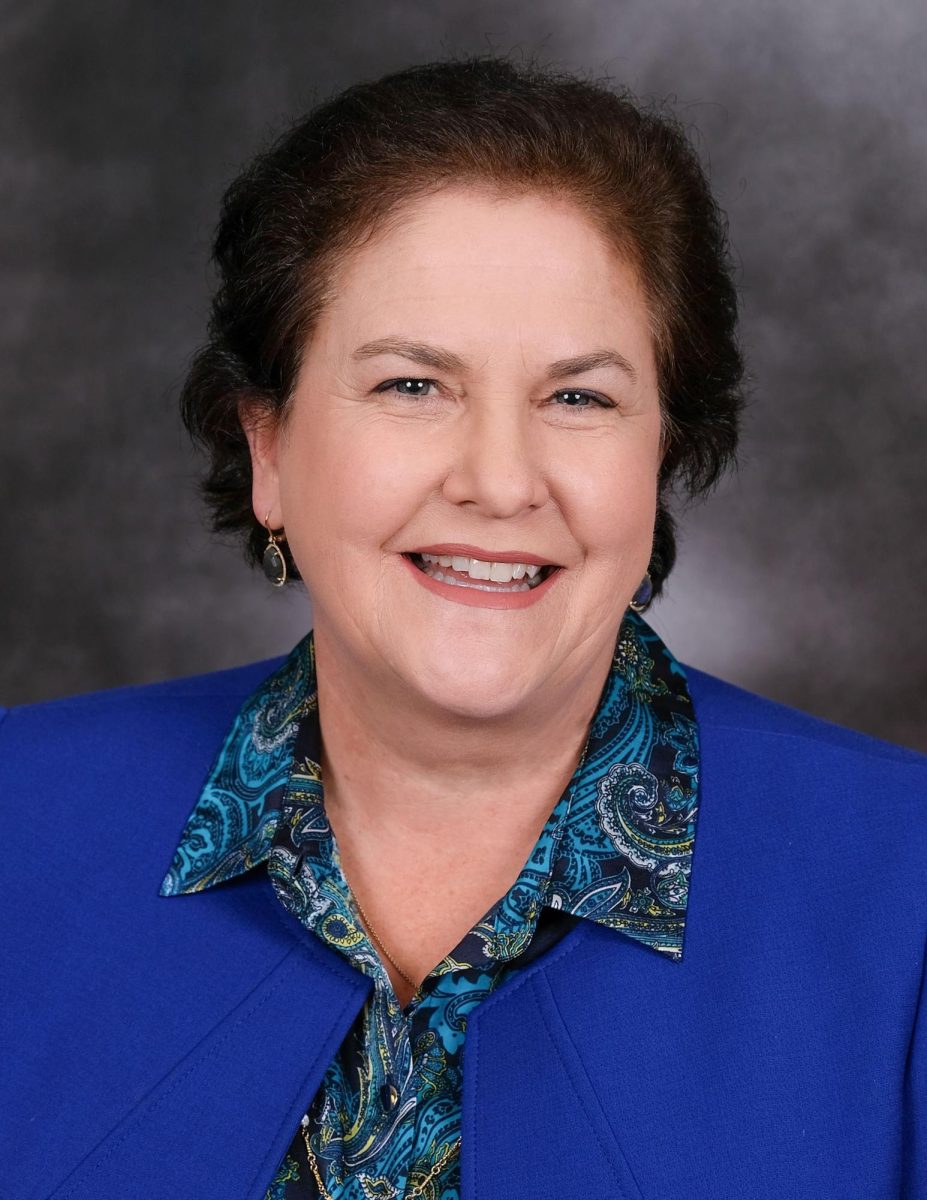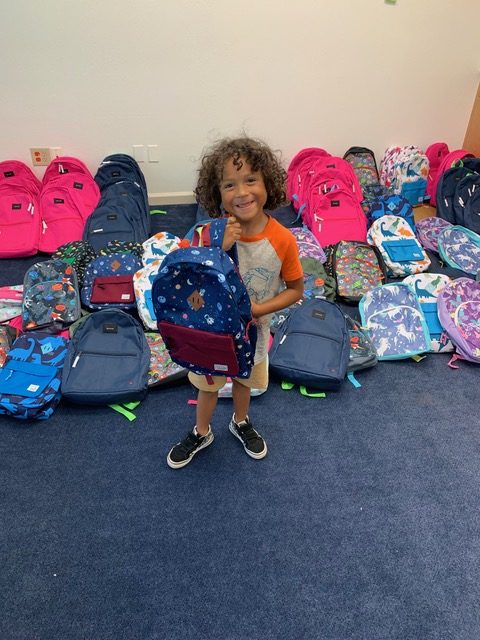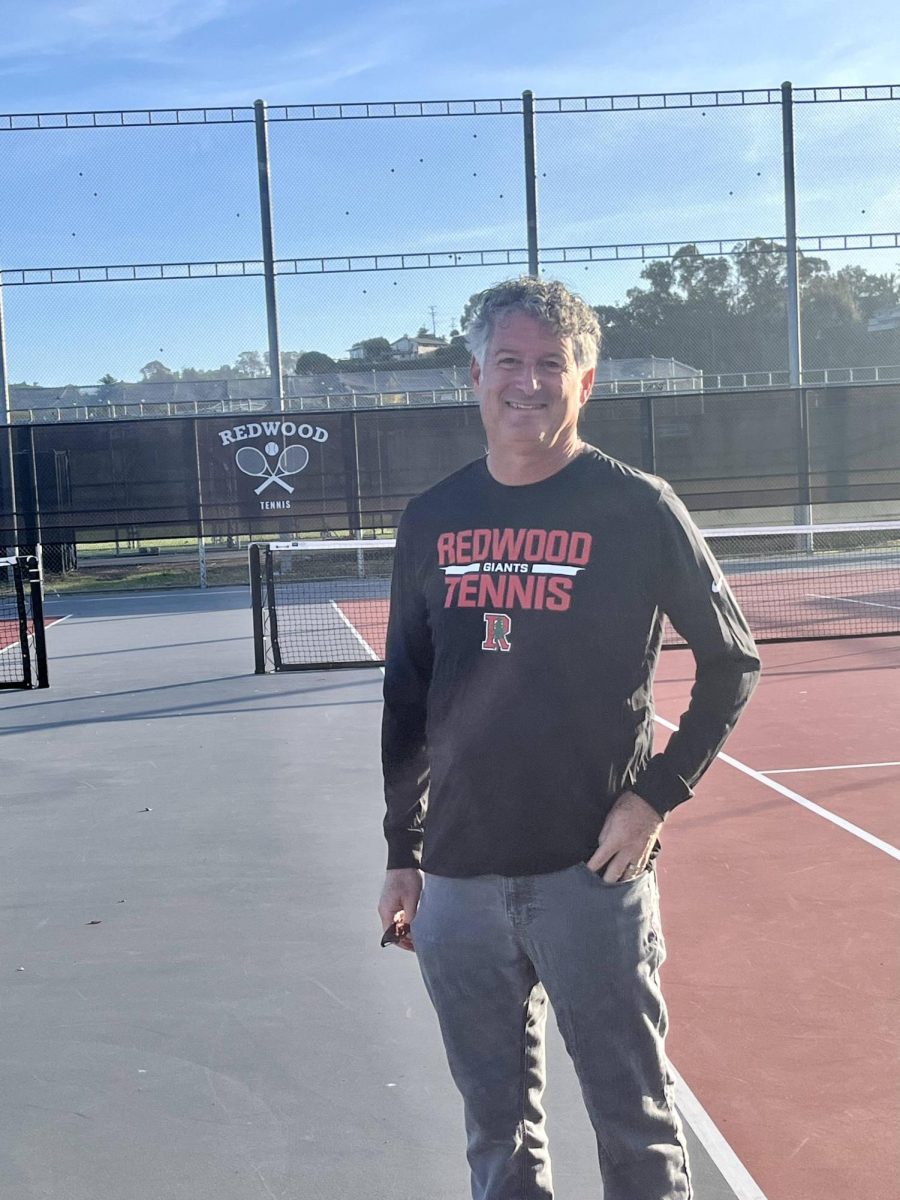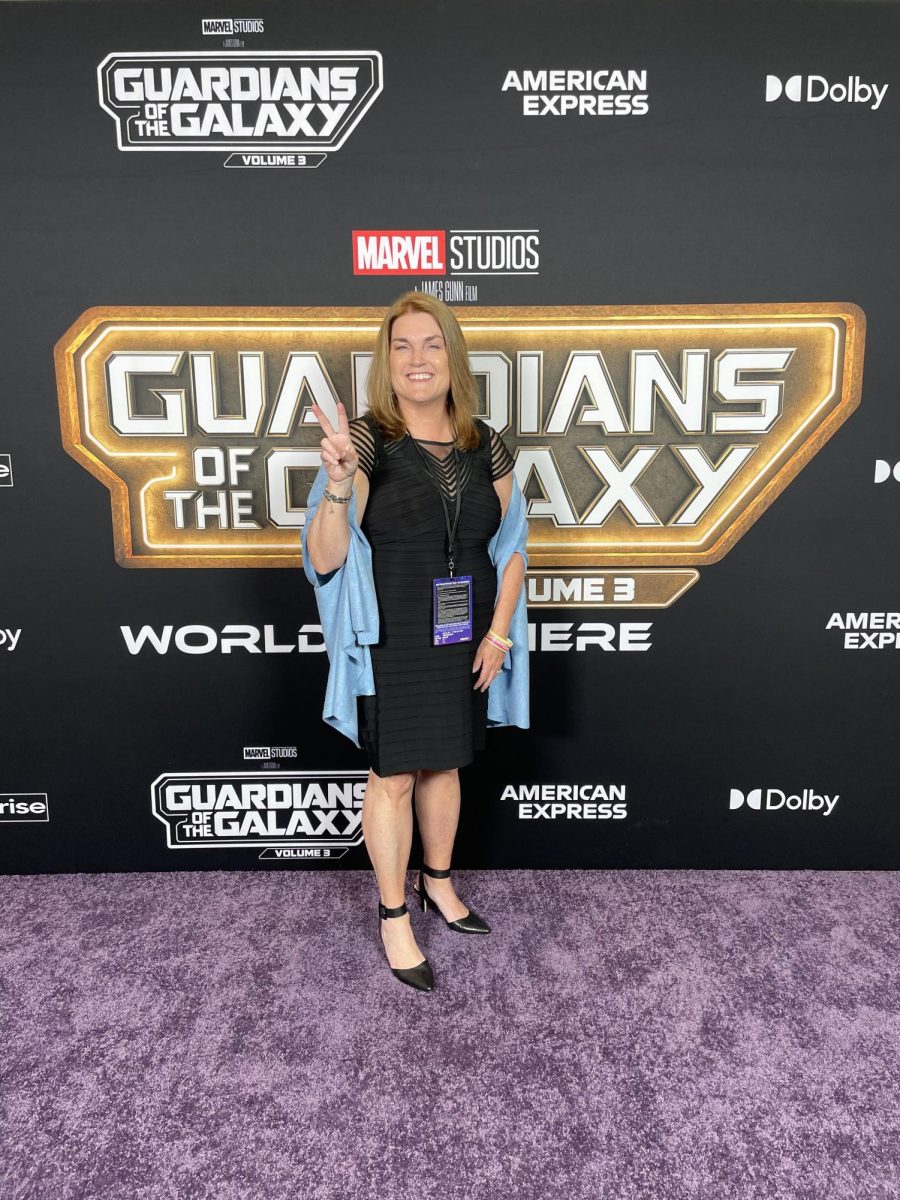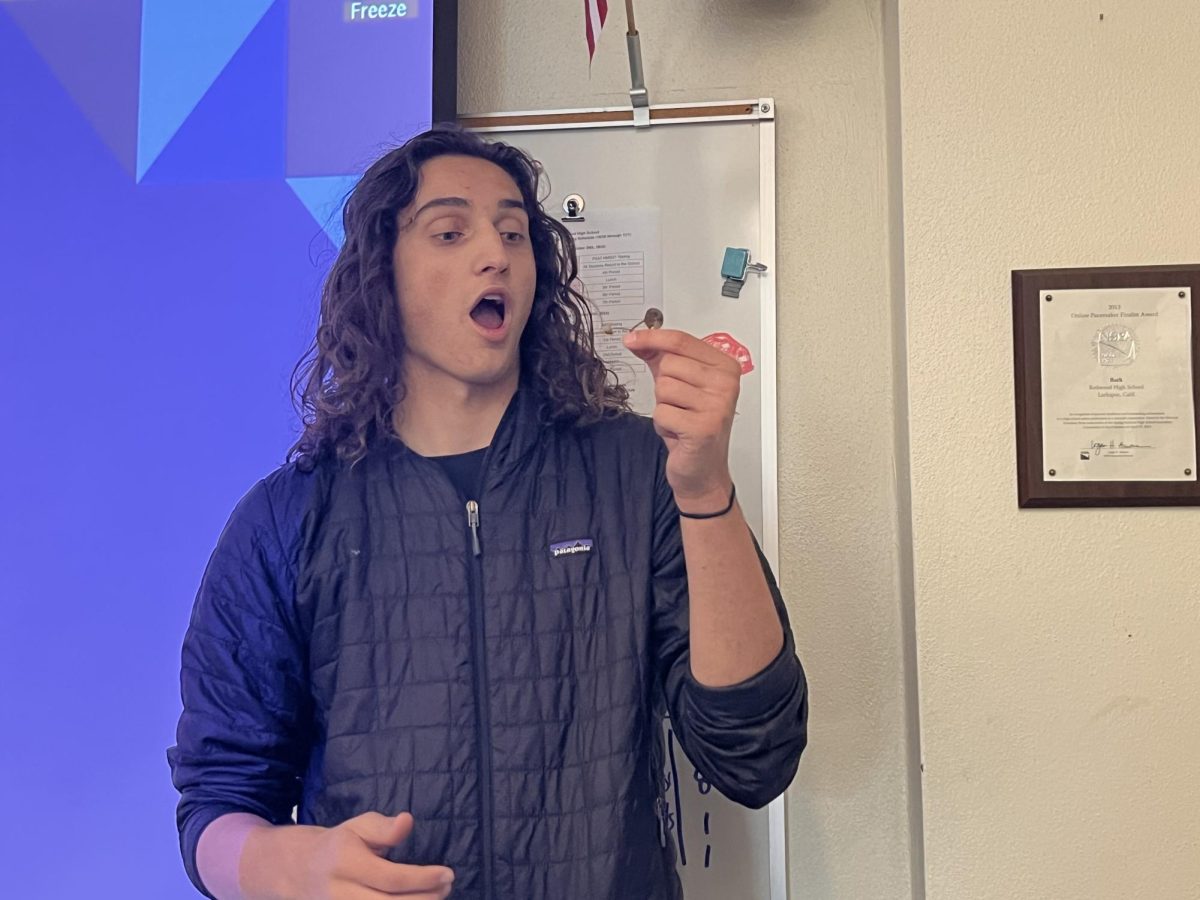After senior Emmanuel Blanchard-Kabat’s first day at Redwood in 2008, he went straight home and stared at the wall, left speechless by the 1,500 students swarming the hallways.
“I could not even fathom the amount of children there were in one place,” Blanchard-Kabat said. “It was really overwhelming.”
From kindergarten through eighth grade, Blanchard-Kabat attended various Waldorf schools. He graduated from Davis Waldorf in Petaluma with 11 other students in his class.
Blanchard-Kabat is not the only student to make the switch from a Waldorf school to Redwood. Many other Redwood students have had to adjust to a new environment after having attended a Waldorf school.
According to the Association of Waldorf Schools of North America, Waldorf schools stress the idea of education through art. Teachers connect every subject to the students’ imaginations. There are over 900 Waldorf schools around the world.
Sophomore Elsa Rutherford went to the Novato Charter School, which practices a Waldorf-method style of teaching from kindergarten through eighth grade.
“Waldorf schools are heavily art influenced,” Rutherford said. “They want you to get a sense of who you are, to get a sense of being.”
Rutherford said that she decided to go to Redwood because she was ready for a transition.
“As much as I appreciated it, I needed to get a glimpse of the real world. [Waldorf is] sheltered in a sense,” she said.
Sophomore Riley Overfield attended a Waldorf school for 11 years.
“Waldorf really encouraged the imagination,” Overfield said. He said students at Waldorf could not use electronics, and were not allowed to discuss television shows or have their phones out on campus at any time.
Blanchard-Kabat said he still has some trouble typing because everything at Waldorf had to be done by hand. Even when revising essays, he had to rewrite each draft with a fountain pen.
Junior Natalie Collenette attended the Marin Waldorf School for one year in sixth grade. She said that Waldorf often gave traditional subjects a twist.
“Instead of PE, it’s called Games, and we did stuff like the javelin and the discus,” Collenette said.
She also said that Waldorf education was very story-based.
“We drew our stories and instead of writing essays we would draw paintings,” Collenette said.
Waldorf schools have generally small class sizes.
“It was kind of like a very closed world,” Overfield said. Like Blanchard-Kabat, Overfield had only 12 people in his graduating class.
“There are a lot of ups and downs to being with the same people for 10 years,” Rutherford said. “You become like a close-knit family, and here there are so many different groups. It’s too big to know everyone.”
Blanchard-Kabat said his classmates became like his brothers and sisters, but this eventually became tiresome to him.
Blanchard-Kabat said that he initially felt challenged by Redwood’s comparatively faster pace.
“When I look back at my memories of [Waldorf], it feels very slow paced to me,” he said. “I had time to learn things. I didn’t have homework until seventh grade and I took my first test in eighth grade.”
Overfield said that he appreciates the freedom he has found at Redwood.
“At Waldorf I really couldn’t breathe,” he said. “Here, you’re on your own schedule.”
Overfield was also taken aback by the amount of homework assigned at Redwood. He said that teachers at Waldorf often communicated with each other, so he was given homework for only one or two classes a night.
Blanchard-Kabat said he appreciated his first few years at Waldorf schools because they taught him a lot about himself.
“It taught me how to create, cooperate, and coexist,” he said. “But in later grades, I think that the public school system is a better idea because it teaches things for the real world.”





